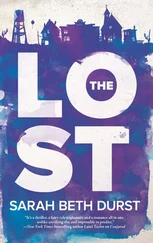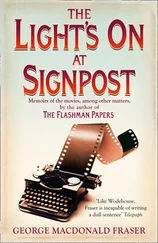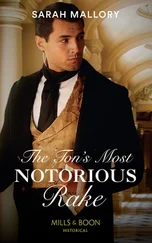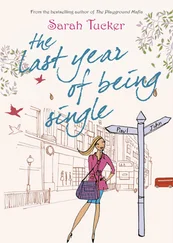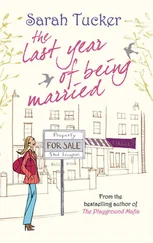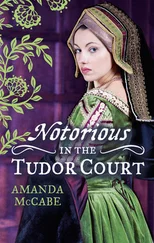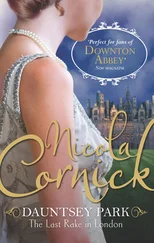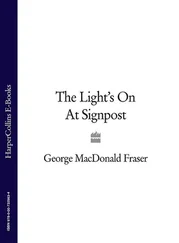The Last Highlander
SCOTLAND’S MOST
NOTORIOUS CLAN CHIEF,
REBEL & DOUBLE AGENT
SARAH FRASER

HarperPress
An imprint of HarperCollinsPublishers Ltd.
1 London Bridge Street,
London SE1 9GF
www.harpercollins.co.uk
Published by HarperPress in 2012
Copyright © Sarah Fraser 2012
Sarah Fraser asserts the moral right to be identified as the author of this work
A catalogue record for this book is available from the British Library
All rights reserved under International and Pan-American Copyright Conventions. By payment of the required fees, you have been granted the non-exclusive, non-transferable right to access and read the text of this ebook on-screen. No part of this text may be reproduced, transmitted, down-loaded, decompiled, reverse engineered, or stored in or introduced into any information storage and retrieval system, in any form or by any means, whether electronic or mechanical, now known or hereinafter invented, without the express written permission of HarperCollins ebooks
This book is sold subject to the condition that it shall not, by way of trade or otherwise, be lent, re-sold, hired out or otherwise circulated without the publisher’s prior consent in any form of binding or cover other than that in which it is published and without a similar condition including this condition being imposed on the subsequent purchaser
HarperCollins Publishers has made every reasonable effort to ensure that any picture content and written content in this ebook has been included or removed in accordance with the contractual and technological constraints in operation at the time of publication
Source ISBN: 9780007229499
Ebook Edition © April 2012 ISBN: 9780007302642
Version: 2018-06-21
Dedication
For Kim
&
For Arabella Vanneck
1959–2011
Epigraph
‘[The soul] demands that we should not live alternately with our opposing tendencies in continual see-saw of passion and disgust, but seek some path on which the tendencies shall no longer oppose, but serve each other to common end … The soul demands unity of purpose, not the dismemberment of man’
– ROBERT LOUIS STEVENSON
‘A son can bear with equanimity the loss of his father, but the loss of his inheritance may drive him to despair’
– NICCOLÒ MACHIAVELLI
CONTENTS
Title Page
Copyright
Dedication
Epigraph
List of Illustrations
Maps
Lovat Family Tree
Prologue: Death of a Highland chief
PART ONE: FORMATIVE YEARS, C.1670–1702
ONE: Home, birth, youth, c.1670–94
TWO: To be a fox and a lion, 1685–95
THREE: ‘Nice use of the beast and the man’, 1695–96
FOUR: ‘No borrowed chief!’, 1696–97
FIVE: ‘The Grand Fornicator of the Aird’, 1697–99
SIX: Victory and loss, 1699–1702
PART TWO: AT THE COURT OF THE SUN KING, 1702–15
SEVEN: The Stuart Court of St Germains, 1702
EIGHT: Planning an invasion, 1702–04
NINE: ‘A disposition in Scotland to take up arms’, 1703
TEN: The ‘political sensation’, autumn 1703
ELEVEN: The ‘Scotch plot’ exposed, winter 1703–04
TWELVE: ‘You walk upon glass’, 1704–14
THIRTEEN: The end of exile, 1714
FOURTEEN: A necessary change, 1714–15
FIFTEEN: Return to Scotland, 1715
SIXTEEN: Fighting for the prize, 1715
PART THREE: THE RETURN OF THE CHIEF, 1715–45
SEVENTEEN: Home, 1715–16
EIGHTEEN: The legal battles begin, 1716
NINETEEN: Living like a fox, 1716
TWENTY: ‘What a lion cannot manage, the fox can’, 1717–18
TWENTY-ONE: Matters of life and death, 1718–21
TWENTY-TWO: Networking from Inverness, 1722–24
TWENTY-THREE: Lovat under Wade’s eye, 1725–27
TWENTY-FOUR: Tragedy, 1727–31
TWENTY-FIVE: Kidnapping and election-rigging, 1731–34
TWENTY-SIX: A pyrrhic victory, 1734–39
PART FOUR: LORD LOVAT’S LAMENT, 1739–47
TWENTY-SEVEN: Floating between interests, 1738–43
TWENTY-EIGHT: ‘A foolish and rash undertaking’, 1743–45
TWENTY-NINE: Rebellion, July–December 1745
THIRTY: A quick victory, and long march to defeat, December 1745–June 1746
THIRTY-ONE: The beginning of the end, 1746–47
THIRTY-TWO: Dying like a lion
Picture Section
Footnotes
Select Bibliography
Acknowledgements
Notes
About the Publisher
ILLUSTRATIONS
Etching of Simon Fraser, Lord Lovat after William Hogarth. (Scottish National Portrait Gallery)
James II and family, 1694, by Pierre Mignard. (The Royal Collection © 2011 Her Majesty Queen Elizabeth II/The Bridgeman Art Library)
Queen Mary II, c. 1685, studio of Willem Wissing. (Kenwood House, London © English Heritage Photo Library/The Bridgeman Art Library)
King William III by Godfried Schalcken. (© The Crown Estate/The Bridgeman Art Library)
Prince James Francis Edward Stuart, 18th century English School. (© Scottish National Portrait Gallery/The Bridgeman Art Library)
Louis XIV in Royal Costume, 1701, by Hyacinthe Rigaud. (© Louvre, Paris/Giraudon/The Bridgeman Art Library)
View of Edinburgh by J Slezer (engraved copper plate) produced for D. Browne, London, 1718. (© The British Library Board)
Major James Fraser of Castle Leathers, c. 1720, attributed to John Vanderbank. (Private Collection)
John Campbell, 2nd Duke of Argyll and Greenwich, William Aikman. (Scottish National Portrait Gallery)
Archibald Campbell, 3rd Duke of Argyll, attributed to Allan Ramsay. (Scottish National Portrait Gallery)
Sir James Grant. Etching by John Kay, 1798. (© The Mary Evans Picture Library)
The death of Colonel Gardiner on the field of Prestonpans. Sir William Allan lithograph by E. Walker. (© The Mary Evans Picture Library)
George II at the Battle of Dettingen by David Morier. (© Private Collection/Arthur Ackerman Ltd/The Bridgeman Art Library)
Field-Marshal George Wade, attributed to Johan van Diest. (Scottish National Portrait Gallery)
Prince Charles Edward Stuart, by William Mosman. (Scottish National Portrait Gallery)
The Battle of Culloden, 1746. Coloured engraving published by R. Sayer and J. Bennett, London c. 1780. (© The National Army Museum, London)
William Augustus, Duke of Cumberland, mid 18th century English School. (© Royal Armouries, Leeds/The Bridgeman Art Library)
Lord Lovat’s ghost. Mezzotint by Samuel Ireland. (© Grosvenor Prints/The Mary Evans Picture Library)
Simon Fraser, Lord Lovat. Engraved by Cook after a portrait by Le Clare. (© The Mary Evans Picture Library)
MAPS
Scotland
Clans of Scotland
Aird of Lovat
Battle of Culloden
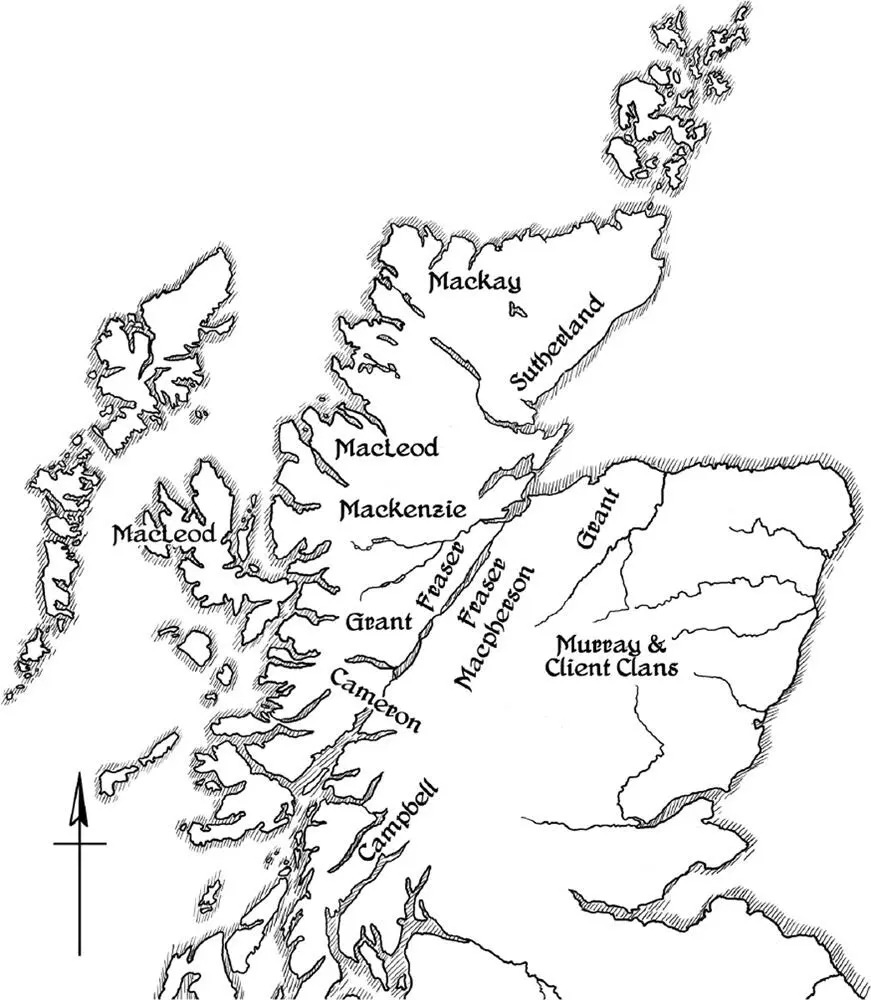
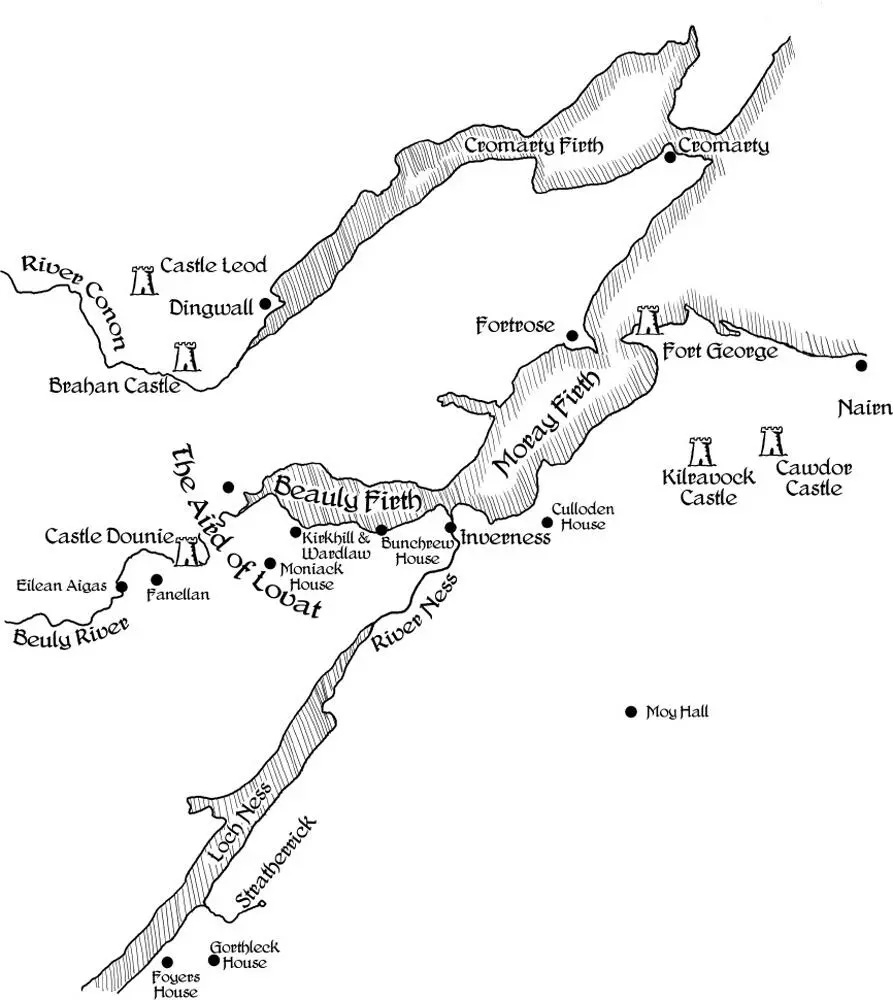
LOVAT FAMILY TREE
PROLOGUE
Death of a Highland chief
His execution was a public holiday. Tens of thousands crowded onto Tower Hill for the entertainment. In the Tower the prisoner raged at his barber. In a few hours he would lose his head. The barber offered up the condemned man’s wig, very light on powder ‘on account of it being a rainy day’. The prisoner tossed it back to be taken away, properly groomed, generously powdered and then returned. If he ‘had a suit of velvet embroidered, he would wear it’ today; he would go ‘to the block’ he said, ‘with pleasure’. These sartorial sensitivities belonged to the last aristocrat in Britain to be beheaded.
Читать дальше




